#Indian Epic
Explore tagged Tumblr posts
Text










RAMAYAN IN 10 PICS
#animated cartoon#desiblr#ramayan#desi tumblr#being desi#indian god#lord rama#goddess sita#hanumanji#desi aesthetic#desi#desi academia#indian epic#desi tag#hinduism#hindublr#sanatandharma
33 notes
·
View notes
Text
Ramayama- the Indian epic some of you know. But did you know of the Ramakien?
It's the Thai national epic which is their version of the Ramayama. It was Thai King Rama VI who traced back the inspirations of the Ramakien to:
Ramayana, the Vishnu Purana, and Hanuman Nataka but how did an Indian epic come to be shaped into a Thai national epic as well?
Simply put? Buddhism.
The more complicated answer? Buddhism but through missionaries after a long history of Indianized states already made it easy to spread parts of Indian culture, stories/myths, and obviously Buddhism.
What is an Indianized state? Well, some were parts of the Indochinese peninsula known as Funan (Phu Nam - Vietnam), Champa, and more (seriously, a lot more).

TLDR, Southeast and Western Asian lands that had heavy Indian influences and or rulers at one time.
Why/how? Well, interestingly, there are Chinese books that have myths/stories of this. The Book of Liang is the most popular source, and some of its stories are reiterated in Indian and Southeast Asian folkore/stories.
They are very beautiful and cool stories but the reality as argued by historians?
Likely Indian merchants seeking wider wealth (migrating through/over the Oceanic silk road routes) into parts of South East Asia who eventually shared stories/treatises and more of Indian political statecraft, eventually leading some merchants into positions of power, rulers marrying across countries to gain/strengthen power, so on. Eventually, voila. Indianized parts of the nearby world bearing Sanskrit inscriptions, Vedic/Hindu statues, and more.
A DNA sample taken from Funan from this time period shows an individual a lot of South Asian DNA admixture approximating 50 percent. The site is what is today known as Cambodia. Note: the sample dates to that time as when the individual lived, not that the sample was collected then. Now, this tradition continued of course over time. Asia was pretty well interconnected.
India and China have a rich tradition (documented) of trade of all sorts including, political craft/statecraft, ruling, censuses, well-being of people, religion/culture, philosophy, arts, and more.
So, dialed up over time, this same Indianization is what's influenced (in part, not wholly) Thailand (as it has a great deal of Chinese influence) as well. But for the purposes of the Ramakien, in the logical sense, this is likely what happened to bring the story of Ramayama, the Buddhist as well as Vedic cultural traditions found there or what evolved from them, such as the worship and reverence of/for Hanuman including him being involved in Muay Thai (note, not credited with/creating it) but he is often depicted in imagery, has a technique named after him, and regarded by many as the ultimate Thai boxer (within the culture) for the traits of the sport he embodies.
Now full circle back to Ramakien. There are some central differences, obviously given that it's more rooted in Buddhism and its tenants than the Vedic epics focused on Dharma (cosmic order/duty) vs. a Buddhist lens of living. Some of the characters are similar (not the same) and serve similar roles with name and slight changes, of course. Not to mention the history and traditions of the Jatka tales spread by Buddhism into the area over time evolved as performed by locals on stage and other venues to be more Thai, feature Thai topography and landmarks and takes.
And this is a light history on the Ramakien's coming to being and some of why there are 300 (yes 300) versions of Ramayama in the world. And, how Indianization happened in parts of the world and its effects. Which all circles back to how stories are traded, evolve and are coopted, adapted, shaped to serve/entertain the cultures they are presented/ended up in.
#Ramayama#Ramakien#Thai national epic#Vishnu Purana#Hanuman Nataka#Indian epic#Buddhism#stories and myths#Vietnam#Champa#Indochinese#The Book of Liang#India and China#Thailand#silk road#ancient trade#DNA#trade routes#vedic culture#Jatka tales#how trade shaped the world#how stories begin#cultural exchange#history#history facts#this is neat#i think it's cool#buddhist#dharma
3 notes
·
View notes
Text
Priyanka Chopra returns to Indian screens with Mahesh Babu in SS Rajamouli's epic SSMB29!
Get ready for cinema magic! Priyanka Chopra returns to Indian screens with Mahesh Babu in SS Rajamouli's epic SSMB29. Action, adventure, and a narrative like no other. Mark your calendars for 2027!
Read the full article right here: https://www.theomenmedia.com/post/priyanka-chopra-s-epic-comeback-teaming-up-with-mahesh-babu-in-ss-rajamouli-s-next-blockbuster

#Priyanka Chopra#SSMB29#Bollywood#Tollywood#Indian Cinema#Priyanka Chopra Comeback#Mahesh Babu#SS Rajamouli#Indian Epic#Cinema 2027#Action Adventure#Global Cinema#Priyanka Chopra Jonas
0 notes
Text
Ramayana No. 16: The Birth of Creation: How Compassion and Sorrow Sparked the First Verse of the Ramayana
Inspired by Chapter 1.2 of the DeBroy Translation of the Ramayana We often think of creativity as a product of inspiration, but the creation of the first verse of the Ramayana reminds us that profound art can also emerge from sorrow and compassion. In this ancient tale, the sage Valmiki witnesses a cruel act—the senseless killing of a bird—and from his grief, he unintentionally composes a verse…
#ancient epics#artistic integrity#Compassion#creative process#creativity from sorrow#cultural heritage#Debroy translation#Dharma#emotional intelligence#ethical storytelling#first shloka#Hindu Philosophy#Indian culture#Indian epic#Indian mythology#inspiration for artists#moral compass#Ramayana#Ramayana lessons#Ramayana translation#Ramayana wisdom#spiritual lessons#Timeless Wisdom#Valmiki#Valmiki’s poetry#wisdom for modern life
0 notes
Text
Religion 101: Mahabharata Part 4 - Modern Findings & Evidences
The Bhagavad Gita, often referred to as the Gita is a central text of Hindu philosophy and a part of the Indian epic Mahabharata. It is presented as a dialogue between the prince Arjuna and the god Krishna, who serves as his charioteer. This dialogue occurs on the battlefield just before the start of a great war, where Arjuna is in a moral crisis about the violence and death the war will cause.…
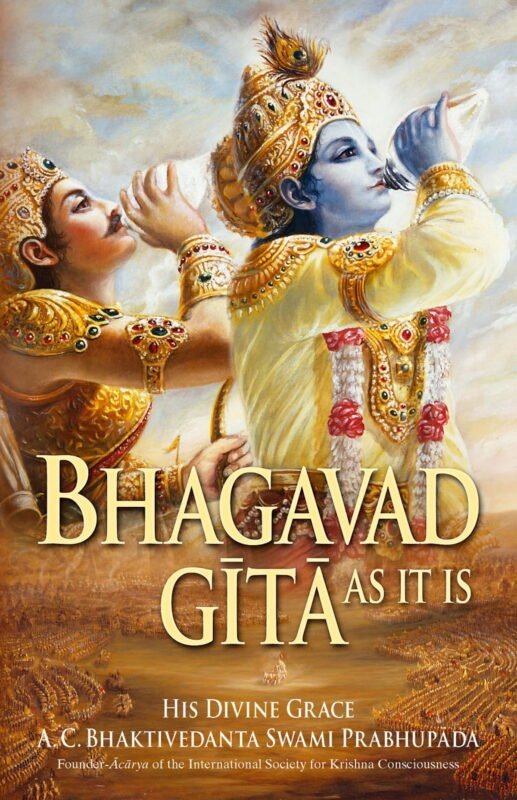
View On WordPress
#Culture#God#Hindu philosophy#History#India#Indian#Indian Epic#Mahabharata#Religion#Series#Spiritual#Television#Video#Youtube
0 notes
Text
#mahabharata#mahabharat memes#Madhu Kaitabha#Madhu#Madhusudhan#epic#indian#indian epic#india#puranas
1 note
·
View note
Text

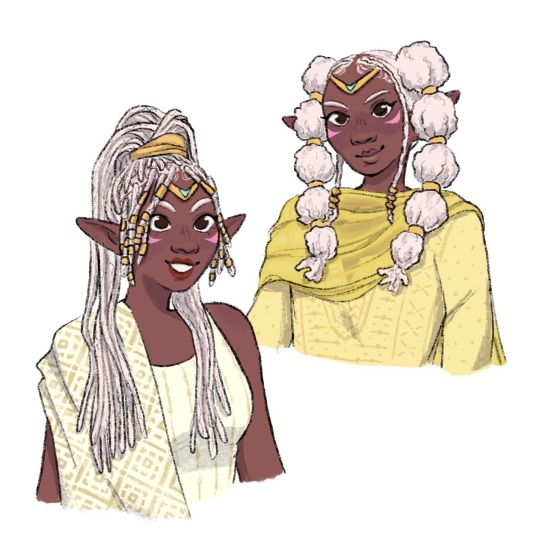
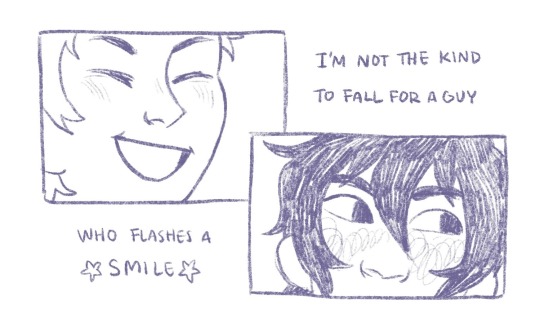

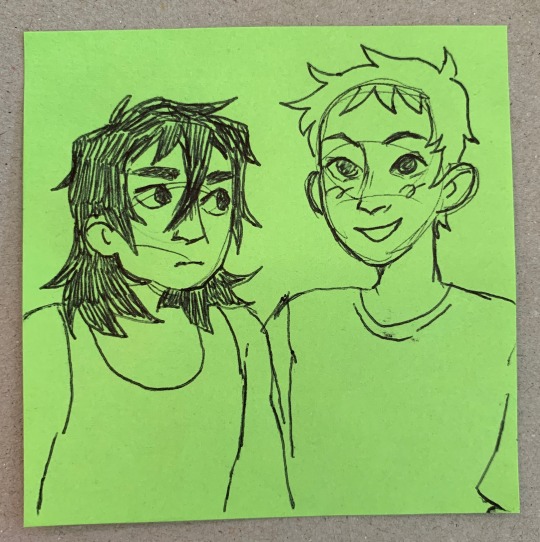
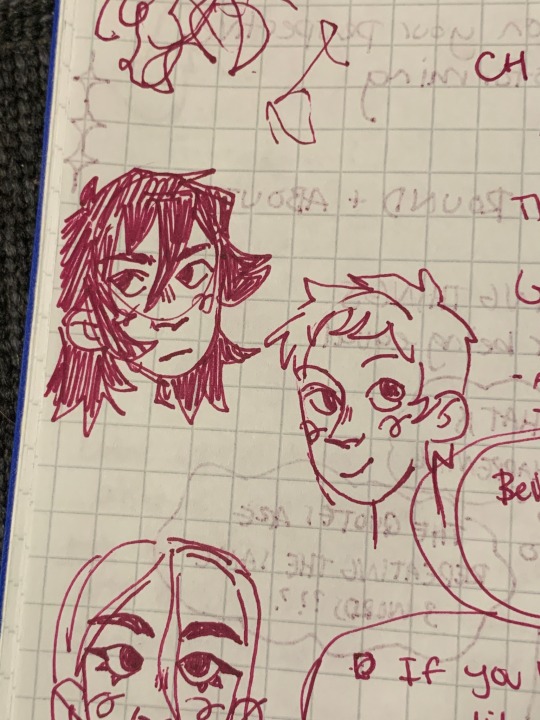
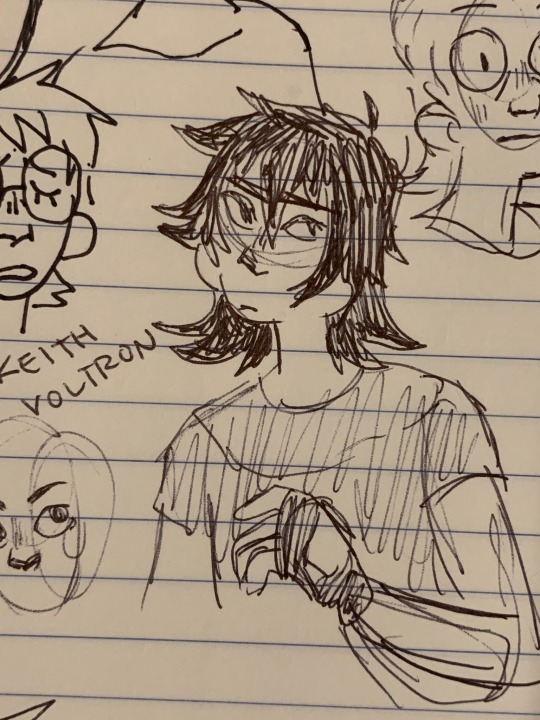


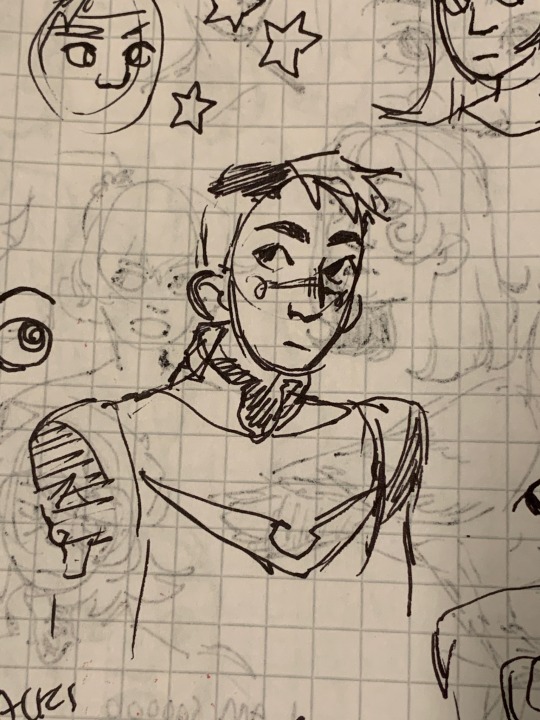
Doodles and such
#Armored Fleet Dairugger (pink bg) and Beast King Golion (blue bg)#also allura looking soooo so so cool and epic#wearing clothes that were referenced from an indian actress i really like and pintrest hairstyles#also unfinished klance comic to the song Falling For Ya from Teen Beach Movie#shoutout to leenfiend for helping me with composition even though i never actually finished it#you were very helpful i just dont know how to draw </3#and then there are a billion sketches of them while taking notes in class#voltron watching#voltron#i draw 3/4 faces way too often.....#doodle dump#voltart
393 notes
·
View notes
Text
Round One: Epic Animals


Wild Boar vs Indian Gray Mongoose
Arena: Deciduous forest
Remember, it's not a popularity contest- it's a fight to the death!
67 notes
·
View notes
Text
Indians in the Greek epic Dionysiaca
1. Astraëis/Aristaeis: Led the first Indian contingent against Dionysos.
2. Cyllaros: Brother of Astraëis
3. Brongos: Father of Astraëis and Cyllaros, and honored by Deriades.
4. Hydaspes: Son of Thaumas and Elektra/Okeanos and Tethys, and (possibly twin) brother of Iris. He had horns for some reason. (River Jhelum)
5. Astris: Lover of Hydaspes, daughter of Helios and Ceto (a Naiad daughter of Okeanos)
6. Ganges: Son of Okeanos and Tethys (River Ganga)
7. Akesines: River Chenub.
8. Deriades: An Indian king, son of Hydaspes, grandson of Phaëthon (apart from Hydaspes' parents). He had horns too, just like his dad.
9. Orontes: Son-in-law of Deriades. After he threw himself into a river, that river came to be known as the Orontes River.
10. Thureus: Led the second Indian contingent against Dionysos.
11. Morrheus Didnasides: Another son-in-law of Deriades, and brother of Orontes.
12. Didnasos: Father of Morrheus and Orontes.
13. Hyssacos: Morrheus's servant.
14. Orsiboe: Deriades' wife.
15. Cheirobie and Protonoë: daughters of Deriades (Cheirobie, possibly the wife of Morrheus and Protonoë the wife of Orontes)
16. Modaeus: New Governor of India after Deriades' death.
17. Eulaios: Possibly a dead king
18. Agraios and Phlogios: Sons of late Eulaios
19. Palthanor: Leader of the tribe Zabioi, who hated Deriades for some reason and hence sided with Dionysos, who, after the war, took him and made him settle in Thebes.
20. Phringos, Aspetos, Danyclos and Hippuros Horsetail: Leading chieftains (along with Morrheus) of the tribe Uatocoitai, or the Ear-Sleepers, who, as the name suggests, slept lying upon their long ears...
21. Tectaphos: A farshooter, held prisoner by Deriades.
22. Eërië: Tectaphos's daughter, who breastfed him coz he was almost about to die of starvation.
23. Habrathoös: Some guy who got mad coz Deriades chopped off his beautiful hair. Joined Deriades' army unwillingly and secretly fought for Dionysos by sending him Deriades' plans at night.
24. Ginglon, Thyraieus, Hippalmos: Some more leaders, idk.
25. Tarbelos: A javelineer.
26. Thyamis and Holcasos: Sons of Tarbelos, who also led the Cyraioi, a seaside tribe.
27. Pyloites and Billaios: Sons of Hippalmos.
28. Rhigbasos: Another leader of a certain group of men.
29. Aretos: Another dude... (worshipped the Greek Gods)
30. Lycos and Myrsos (twins perhaps), Glaucos, Periphas, and Melaneus (the lateborn): Sons of Aretos. They were born mute but Dionysos, possibly after the war, took pity on them and fixed the issue.
31. Laobië: Wife of Aretos.
32. Corymbasos: Another chief of the Indian army.
#greek mythology#greek myths#greek epic#dionysiaca#ancient greek mythology#greek myth retellings#classical mythology#nonnus#dionysus#dionysos#dionysus deity#bacchus#greek gods#epics#desiblr#desi tumblr#desi tag#desiposting#desi side of tumblr#indian tumblr#desi
33 notes
·
View notes
Text
Ok hear me out:
A Mahabharat anime would slap so hard
#there i said it#its true#i love epics#it's not about religion#my grandma keeps narrating the stories to me#bless her#textpost#shitposting#anime#desi#desi tumblr#anime character#animedrawing#lmao#shitpost#dark academia#interesting#introverts#netflix#funny#tv shows#anime and manga#japan#india#mahabharata#incorrect mahabharat quotes#indian memes
37 notes
·
View notes
Text

The Doors of Midnight
"A breathtaking Silk Road inspired epic fantasy and an adventure story filled with magic - this is the captivating sequel to The First Binding."
#folklore#storytelling#books#fantasy books#indian epic#epic fantasy#epic fantasy book#silk road#asian inspired#southeast asian#southeast asian inspired#adventure fantasy#fantasy adventure#magic and wonder#nesting stories#book authors#authors of color#bipoc author#tor publishing#tor#buy my books please#the first binding#the doors of midnight#tales of tremaine#myths and legends#it's a good book
0 notes
Text
Vicky Kaushal Turns Into Revered Indian Diety Parshurama For Stree 2 Director's Next
Dive into the divine! Vicky Kaushal transforms into the legendary Parashurama. Witness the myth come to life!
#Vicky Kaushal#Parashurama#Indian Mythology#Bollywood Meets Mythology#Epic Cinema#Mahavatar#Vicky Kaushal Parashurama#Mythological Cinema#Vedic Tales#Indian Epic
0 notes
Text
Brahma: Lol Ravan, are you scared, bitch? Are you planning to kill a poor defenseless woman, you coward?
Ravan: I'm SO MUCH not a coward, that I'll NEVER look for this woman, who has been prophesied to kill me, EVER.
#submission#incorrect quote#incorrect quotes#RAMAYAN EDITION#incorrect ramayan quotes#hindu mythology#indian epics#ramayana#ramayan#the gang has been watching siya ke ram#and it shows#lol#mod: s
14 notes
·
View notes
Text
Religion 101: Mahabharata Part 3 - The Brutal & Decisive Kurukshetra War
The Kurukshetra War, central to the Hindu epic Mahabharata, was a colossal battle fought between the Kauravas and the Pandavas, two factions of a royal family vying for the throne of Hastinapura. The battle took place at Kurukshetra, Haryana, India, just over 100 km north of New Dehli, on the way to Chandigarh. This war also serves as the backdrop for the sacred Bhagavad Gita, where Lord Krishna…
#Conflict#Hindu#History#India#Indian culture#Indian Epic#Kauravas#Kurukshetra War#Mahabharata#Military#Pandavas#Religion#Spiritual#Youtube
0 notes
Text
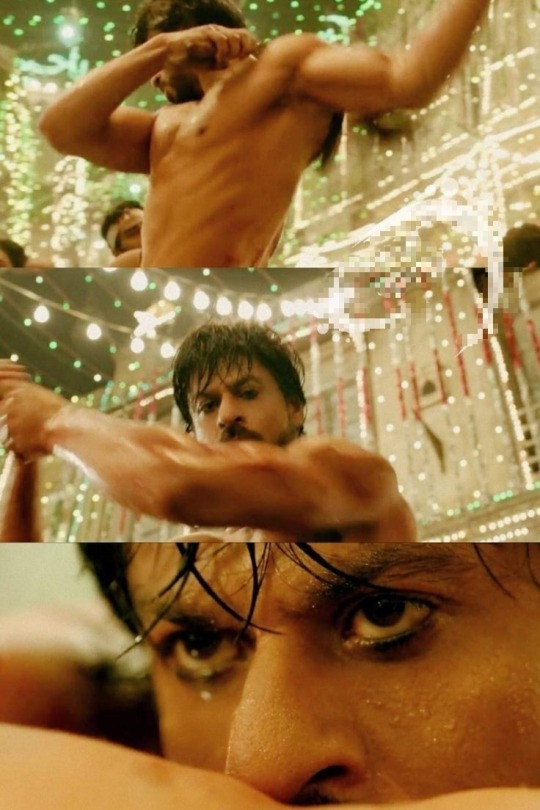
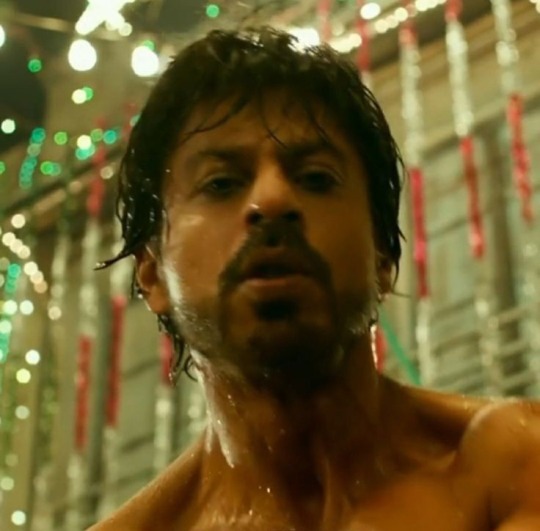
Raees entry scene
...for scientific purposes only
release anniversary January 25, 2017
#shah rukh khan#raees#epic entry scenes#shahrukh khan#raees movie#the body#bollywood#srk#indian movies
23 notes
·
View notes
Text
The Endless Epic: Mahābhārata
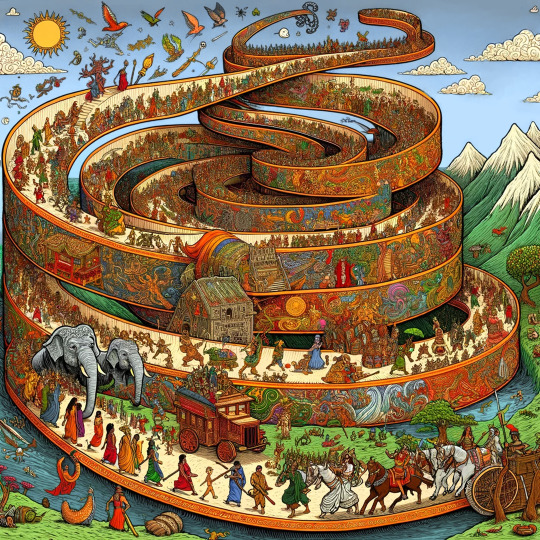
Heard of Mahābhārata? This ancient Indian epic is about ten times the length of Homer's Iliad and Odyssey combined.
Meaning: it never ends.
Its longest version consists of over 100,000 śloka or over 200,000 individual verse lines (each śloka is a couplet), and long prose passages. At about 1.8 million words in total, the Mahābhārata is about four times the length of the Rāmāyaṇa, compiled as oral and written stories between 3rd century BCE and the 4th century CE.
It is an ultra-marathon of moral conundrums, philosophical dilemmas, and the classic tussle between team good and team evil, all rolled into an astonishing narrative feast.
#history art#mahabharata#india#culture#art#history of india#ramayana#odyssey#hindu mythology#ai experiments#illustration#fun facts#history#indian#sanskrit#narrative#storytelling#ancient history#epic#books and reading
19 notes
·
View notes